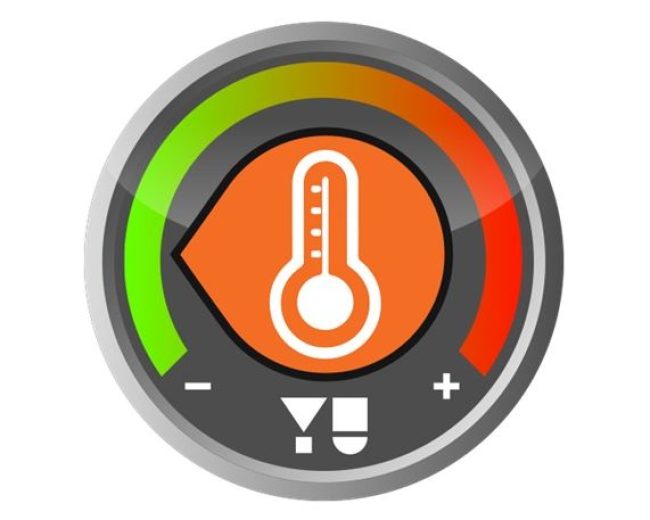- Home
- |
- About us
- |
- News and Events
- |
- Resources
- |
- Contact
- |
- Donate today
- Shop
Speaking to another amputee can make a real difference to your recovery and ease your concerns. We call this type of assistance Peer Support.
Following surgery, you will need time to recover. It is also a time to set goals about your journey ahead. Here, we help to guide you through the process to navigate your pathways forward.
Effectively managing your short and long term health will lead to better outcomes and prevent future problems.
Getting the right kind of prosthesis to suit your lifestyle needs and daily level of activity is important.
People are often concerned about the costs involved in getting a prosthesis. In Australia, there are a number of different funding schemes and it can be easy to get confused and to know what you are eligible for.
Health
The major heat sources in our bodies are the muscles and the liver. While the heat generated by the liver remains relatively consistent, the heat generated by our muscles is directly dependent on how active we are at the time. At the same time as heat is being produced, our body is losing heat in three main ways. Heat is constantly radiating off us in the form of invisible infrared beams, through convection (heating up the surrounding air) and through evaporation of sweat on our skin and as moisture when we breath.
Back in our comfortable cool room, all the above processes (thermos-production and heat loss) balance each other without excessive effort. By leaving the indoors and walking into the afternoon sun, our muscles work producing more internal heat and the surrounding temperature increases. In this situation, our heat loss through infrared emission and convection becomes significantly less efficient at reducing our body temperature. This leaves us with evaporation and our bodies response is to increase sweat production. If we further increase our physical activity or the ambient temperature, the situation will become more stressful for our body resulting in uncomfortable sensations.
Amputation complicates this situation even more. Any lower limb amputation leads to additional energy consumption when walking which means additional heat production from the muscles. Scientific research has found that this energy consumption is higher for those individuals with higher levels of amputation. This means that a person with a short above knee amputation will use much more energy than someone with a partial foot.
Another complicating factor to be aware of is that all socket style prostheses cover up the skin. The three ways that heat is lost from the body (radiation, convection and evaporation) are blocked by the materials covering the stump such as: liners, stump socks and the socket.

There are several ways that a prosthesis can be designed and different coping strategies that can be adopted by the wearer in order to reduce the heat stress on their body.
Australia is a notoriously hot environment and it can be difficult to avoid situations when we are unprotected from overheating. With advances in modern prosthetics, your specialist can offer individual solutions to your situation. Their professional solution in combination with the tips and strategies we describe in this article, can help reduce the risk of overheating and limit the negative effects of high temperatures.
ArtLimb is a non-profit, independent project dedicated to sharing knowledge and discussing information about artificial limbs.
If you are interested in reading more information about prosthetics, please visit ArtLimb online at www.artlimb.com
Keep up to date with our latest news, events and information
